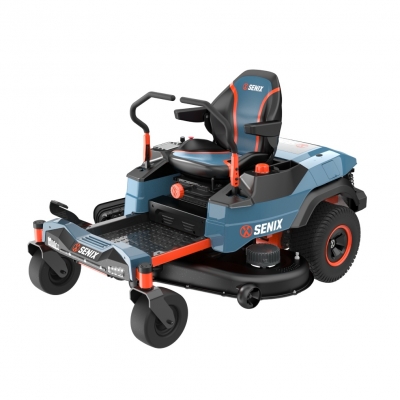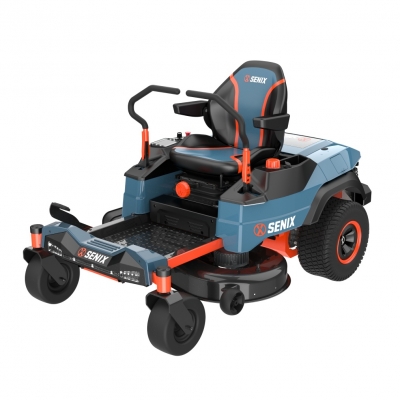Lawn Mower Battery Problems: Troubleshoot & Fix Common Issues
Few things are more frustrating than wheeling your mower out on a Saturday morning, only to find it refuses to start. For many modern mowers, especially battery-powered models, the culprit is often the battery. Whether it's not holding charge, showing a full charge but refusing to run the mower, or going flat too quickly, battery problems can bring your weekend mowing plans to a halt. This guide walks you through the most common lawn mower battery issues, practical troubleshooting steps you can try at home, and tips to keep your battery healthy for years to come.
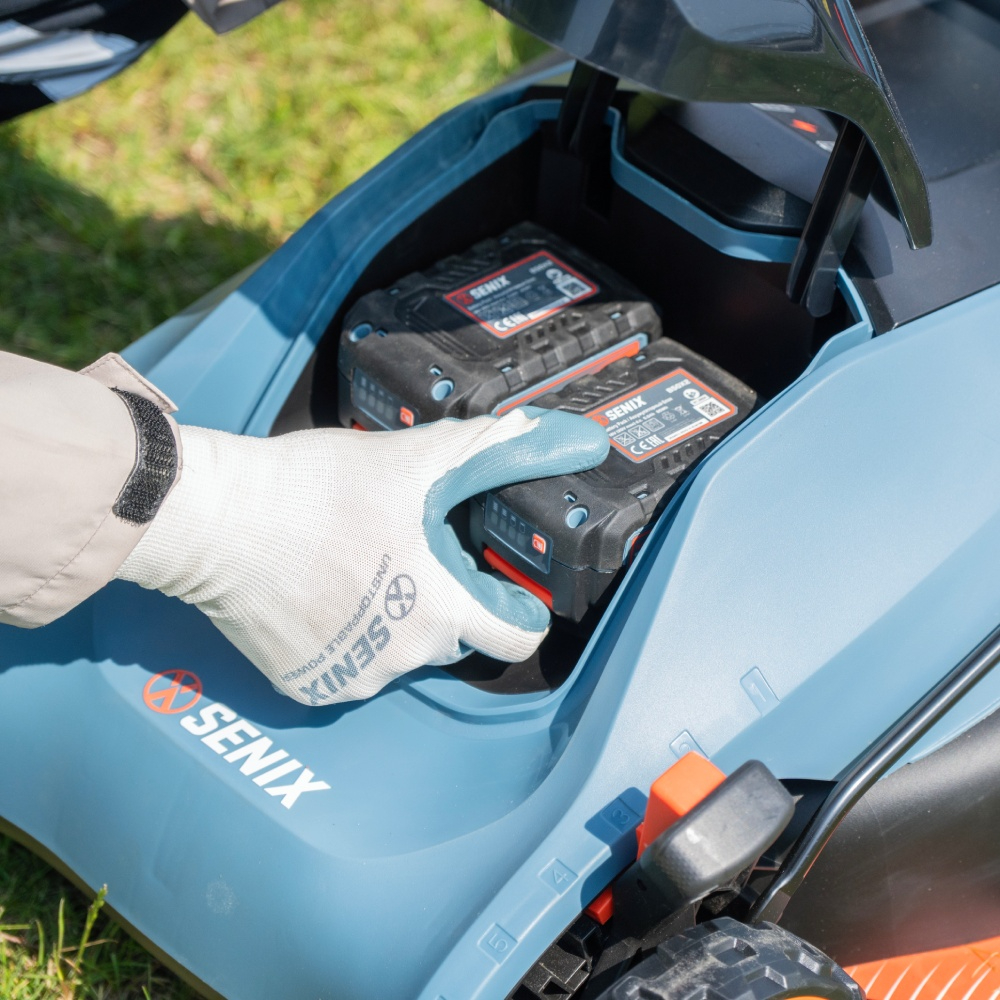
1. Common Battery-Related Problems
Battery issues come in different forms. Here are the most frequent problems owners report:
a. Battery dead after weeks of non-use
If a mower sits idle for a few weeks, the battery may drain completely. Some users report their mower won't turn on after sitting unused, even when the battery had been charged before storage.
b. Battery shows full charge but mower won't start
A frustrating scenario—your lights or control panel come on, but pressing start does nothing. This usually points to a battery or connection fault.
c. Battery drains too quickly
Instead of getting a full mow done, the battery dies after 10–15 minutes. This can mean battery degradation or a fault in the charger.
d. Charger not working properly
Sometimes the issue lies with the charger. Lights may not display, or charging seems to take forever.
2. Practical Troubleshooting Steps
Before rushing to replace the battery, try these checks:
a. Check the battery seating and terminals
Remove the battery and reinsert it, making sure it clicks firmly into place.
Wipe the contacts with a dry cloth to remove dust or corrosion.
b. Test the battery on a charger
Place the battery on its designated charger.
Look for solid charging lights. A flashing error light may indicate the pack is overheated, too cold, or faulty.
c. Cycle the battery
Sometimes batteries “reset” after being fully discharged and then fully recharged 2–3 times.
Don't attempt this too often, as deep discharging can shorten battery life.
d. Check with another tool (if compatible)
If your battery platform works across multiple tools (e.g., SENIX X2 20V Max or X6 60V range), test the same battery in a blower or trimmer.
If the other tool works fine, the issue may be with the mower rather than the battery.
e. Test with a multimeter
A healthy 18V pack should read around 20V fully charged.
If your battery shows a very low or zero reading, it's likely faulty.
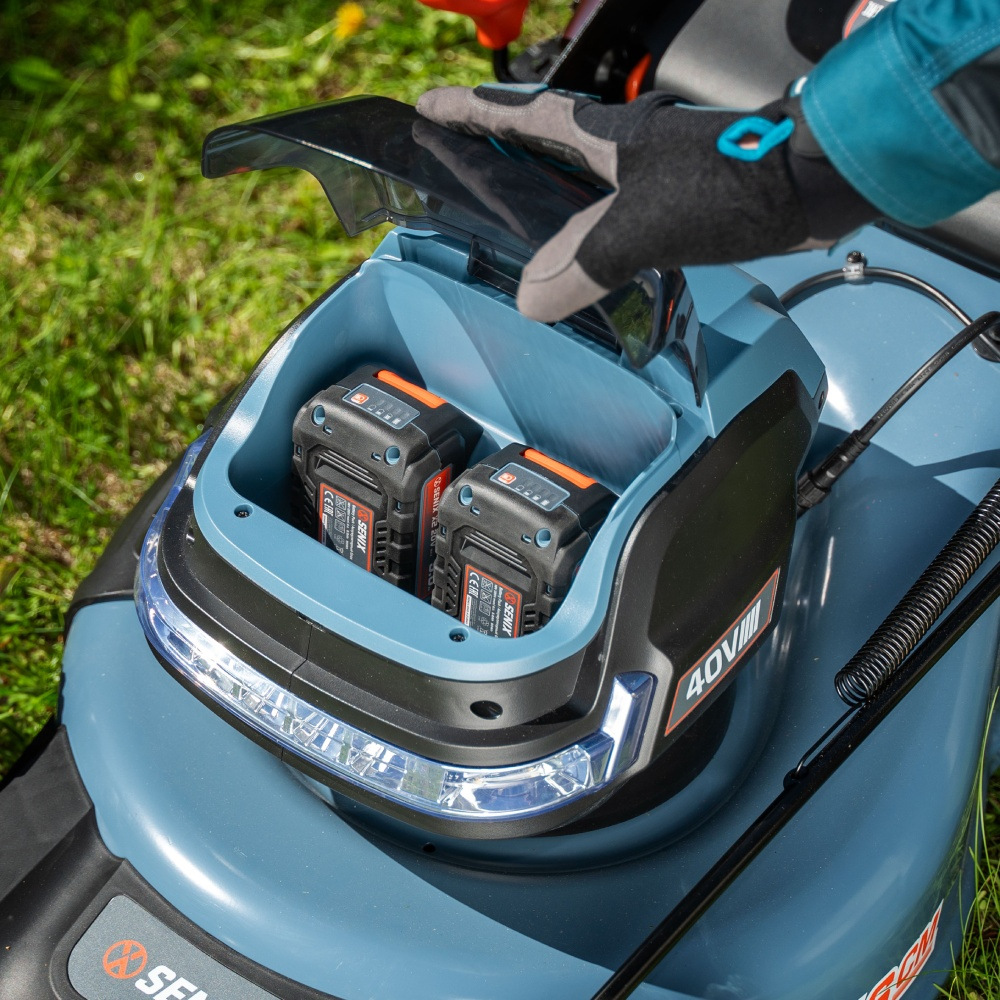
3. When to Replace the Battery
Batteries don't last forever. Most lithium-ion packs are designed for 500–800 charge cycles. If your mower battery is over 2–3 years old and struggles to hold charge, replacement may be the only option.
Signs you need a new battery:
Battery charges but mower still won't run.
Runtime is less than half of what it used to be.
Charger displays error even after cooling the battery.
If your mower is still under warranty (many SENIX batteries carry at least a 2-year warranty), contact customer support before purchasing a new one.
4. Preventive Care Tips
To keep your mower battery in top condition:
Store it correctly: Keep the battery in a cool, dry place. Avoid leaving it in a hot shed or in freezing weather.
Charge before storage: If storing the mower for winter, charge the battery to around 50–70%. Don't store it completely flat.
Regular top-ups: Even when not in use, give the battery a top-up charge every 2–3 weeks. This prevents deep discharge.
Keep contacts clean: Use a soft dry cloth to clean terminals regularly. Dirty contacts can cause poor performance.
5. FAQs on Lawn Mower Batteries
Q: Why does my mower show full battery but still won't start?
A: This often means the battery is delivering voltage but not enough current to run the motor. The pack may be failing internally.
Q: How long should a mower battery last?
A: With proper care, 2–4 years is common, depending on frequency of use and storage conditions.
Q: Can I leave my mower battery on the charger all the time?
A: Most modern chargers have auto shut-off, but it's best to remove the battery once fully charged.
Q: My mower stopped after 10 uses and the battery shows full—what should I do?
A: Check for warranty coverage. If it's a faulty motor or battery, it should be replaced free of charge within the warranty period.
Q: Can extreme weather affect my mower battery?
A: Yes—high heat or freezing temps shorten battery life. Always store indoors if possible.
Conclusion
A lawnmower that won't start can ruin your weekend, but many battery problems are simple to troubleshoot. From checking connections and charger status to cycling the battery or testing with another tool, you can often pinpoint the issue quickly. If your mower is still under warranty, don't hesitate to contact support—it can save you from paying out of pocket.
By caring for your mower battery with proper charging and storage, you'll not only avoid frustrating downtime but also extend its lifespan, keeping your lawn tidy all season long!


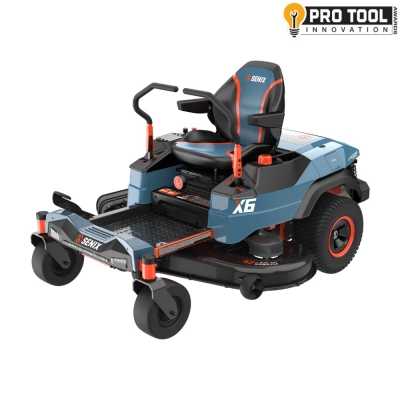
 (5.0)
(5.0)